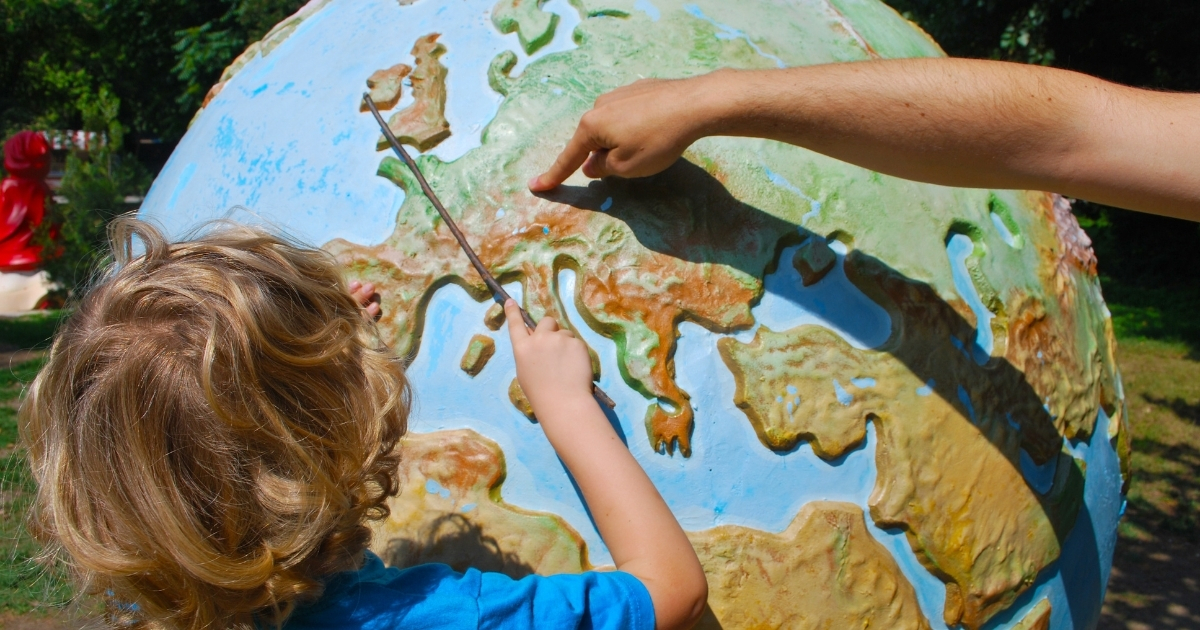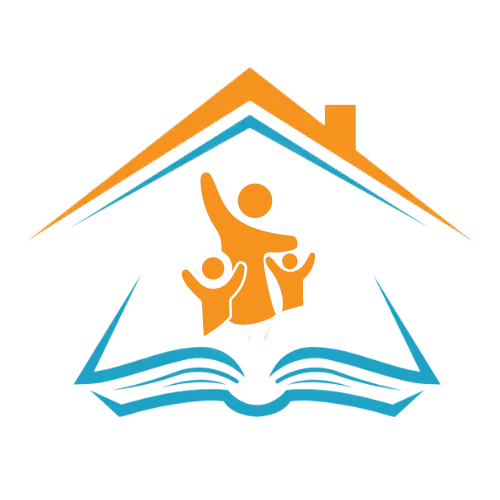Homeschooling comes with the rewarding challenge of tailoring education to your child’s unique needs. When it comes to geography, developing an elementary school program doesn’t just nurture knowledge about the world—it fosters curiosity, cultural understanding, and critical thinking. For parents, finding the best geography curriculum for elementary students can sometimes feel overwhelming.
This guide will walk you through some of the best homeschool geography programs and essential resources to make teaching geography engaging, effective, and fun.
What To Look For In A Geography Curriculum For Elementary Students
Before we dig into specific programs, it’s essential to know what to look for in a geography curriculum. Not all programs are created equal, and finding the right fit depends on your child’s learning style and your teaching goals. Here are the key elements to consider:
- Age-Appropriate Content: The curriculum should align with your child’s developmental stage. Younger students often benefit from visual aids and interactive activities, while older elementary students can handle more comprehensive learning materials.
- Global Perspective: Effective geography programs should introduce students to diverse countries, cultures, and environments to spark curiosity about the world.
- Hands-On Activities: Kids learn better when they can interact with the material. Look for curriculums that include things like map-making, projects, or cultural crafts.
- Flexibility: Whether structured or relaxed, choose a program that fits your homeschooling schedule and philosophy.
- Integration with Other Subjects: Geography ties beautifully with history, science, and even literature. A solid curriculum will make connections across subjects.
Each homeschool family is unique, and what works for one might not work for another. Explore these highly regarded options to find the one that feels tailored to your child’s learning experience.
Top Geography Curriculums For Elementary Homeschool Students
- Beautiful Feet Books – Geography Through Literature
If you’re searching for a geography curriculum that weaves storytelling into learning, Beautiful Feet Books offers an innovative approach. This program combines reading with hands-on activities, teaching geography through classic children’s books.
- Features:
-
- Students explore maps and cultures while reading family-friendly literature.
-
- Activities include map-making, creating timeline projects, and learning geographic facts embedded in stories.
-
- The curriculum includes discussion questions to support comprehension.
- Why It’s Great:
-
- Makes geography engaging through rich narratives that provide cultural depth.
-
- A flexible pace can be adjusted to your child’s learning speed.
-
- Promotes not only geographic understanding but also a love of reading.
This curriculum is wonderful for children who thrive in imaginative environments and families that want to incorporate geography seamlessly into their literature studies.
- Mapping the World by Heart
This award-winning curriculum emphasizes creativity and memorization, encouraging students to map the world entirely from memory.
- Features:
-
- Includes exercises to learn continents, oceans, countries, and capitals.
-
- Encourages artistic activities like drawing maps and labeling geographic features intuitively.
-
- Independent learners can progress at their own pace, while younger students may require parental guidance.
- Why It’s Great:
-
- Develops strong map skills and spatial awareness.
-
- Encourages creative expression, ideal for visual learners.
-
- Builds long-term memory of geographic facts through engaging repetition.
This program has been particularly praised for giving students a solid foundation in the “big picture” of world geography, which they can expand upon in later grades.

- Evan-Moor Geography Series
Evan-Moor’s Geography Skill Sharpeners is ideal if you’re looking for a straightforward, workbook-style program for elementary students.
- Features:
-
- Workbooks are divided by grade level, catering to ages 4-11.
-
- Includes activities to develop map-reading and problem-solving skills.
-
- Students learn about landforms, capitals, and cultural customs.
- Why It’s Great:
-
- Affordable and easy to use, requiring minimal preparation for parents.
-
- Builds foundational skills step-by-step, offering clear progression.
-
- Covers a range of topics, from regional geography to global environments.
Evan-Moor’s format is perfect for parents seeking a structured yet simple resource to add to their homeschooling toolkit.
Additional Elementary Geography Resources
You don’t need to rely on a full curriculum to make geography education successful. Incorporating supplemental resources can enhance your child’s experience.
Globes and Maps
A high-quality globe or map is essential for making geography lessons tangible. Consider the following options:
- Laminated wall maps for reference and detailed discussions.
- Interactive globes with digital features (some even connect to apps for immersive learning).
- State or regional maps for closer studies of your local area.
Geography Board Games
Turn learning into a family activity with entertaining board games. Some of the best include:
- Scrambled States of America Game – Perfect for introducing U.S. geography in a fun way.
- Where in the World? – This trivia-based game challenges students’ global knowledge.
- Ticket to Ride – While primarily a strategy game, it doubles as an excellent way to study geography.
Digital Resources
Interactive online tools make geography more relatable to today’s tech-savvy learners.
- National Geographic Kids: Offers engaging articles, videos, and quizzes tailored for children.
- Google Earth: Take your child on virtual explorations around the globe.
- Sheppard Software: This website provides free geography games for different skill levels.
Supplementing your chosen curriculum with these tools adds versatility to your homeschool approach, making geography not only educational but incredibly enjoyable.
How To Teach Geography Without A Curriculum
Sometimes, the best lessons come from real-world experiences rather than pre-packaged programs. By incorporating geography into everyday activities, you can help your child develop a natural interest in the subject.
- Traveling (Even Locally): Take trips to nearby landmarks or parks. If possible, include road trips to teach regional geography or world travel to foster global awareness.
- Cooking: Prepare meals from different countries while discussing their geographic and cultural backgrounds.
- Documentaries: Watch kid-friendly documentaries on National Geographic or PBS to learn about different regions and cultures.
The flexibility of homeschooling means you can create meaningful learning opportunities that go beyond workbooks and lesson plans.
Encouraging Curiosity in Young Geography Learners
Children are naturally curious, and geography is a subject that lends itself to exploration. To keep students engaged, here are some creative strategies to use alongside your materials:
- Create a Geography Journal: Have your child keep a journal where they draw maps, write about countries, or document what they’ve learned.
- Use Stories to Teach: Books like “Children Just Like Me” introduce children to the lives of kids from around the world.
- Celebrate World Cultures: Dedicate a week each month to a different region. Learn its traditions, holidays, or even simple phrases in its language.
These activities are not only fun but also nurture a deeper appreciation for the diverse world we live in.
Why Geography Matters In Early Education
Teaching geography in elementary school goes far beyond labeling countries on a map; it establishes crucial skills and worldviews. Geography builds spatial awareness, helping children understand their place in the world. It also widens their perspective, fostering empathy and cultural respect by exposing them to diverse ways of life.
Introducing geography early also ties in well with other subjects, such as history and science. For instance, while learning about a historical event, students can identify the regions involved on a map to connect past events with modern geography. By choosing a well-rounded approach—whether through a complete curriculum, supplemental activities, or real-world exploration—you can ensure your child develops a solid geographic foundation while enjoying the process.





